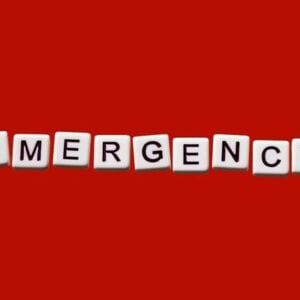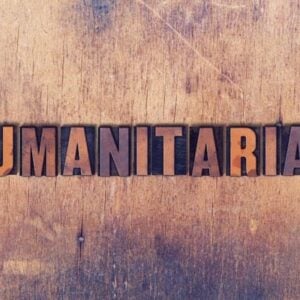The Gaza Strip, just 41 kilometres long and up to five kilometres wide, has faced widespread devastation from Israeli bombardments, leaving few areas untouched. According to Jaco Cilliers, UNDP Special Representative for the Palestinians, about 84 percent of Gaza has been destroyed, with some parts of Gaza City experiencing up to 92 percent damage. The latest UN, EU, and World Bank assessment estimates the total damage at $70 billion, with $20 billion needed in the next three years to kickstart reconstruction efforts.
UNDP and humanitarian partners are providing immediate support to Gaza’s 2.1 million residents, including access to clean water, emergency employment, medical supplies, solid waste removal, and clearing rubble from homes and public spaces. Approximately 81,000 tonnes of debris have already been removed to facilitate humanitarian operations and restore essential services. Early indications suggest potential donor support from Arab states, Europe, and the United States for reconstruction and recovery efforts.
Humanitarian agencies continue to urge Israel to open all access points into Gaza to ensure the rapid delivery of aid, especially following the release of the remaining Israeli hostages and Palestinian prisoners. While the ceasefire agreement holds, urgent needs persist, with over 300,000 Palestinians moving north toward Gaza City and families struggling to access basic necessities, including food, water, and medicine.
Aid operations are scaling up, but the volume remains insufficient to meet the enormous and fluid humanitarian requirements. UN agencies report that distribution from remote or unsafe locations has often put recipients at risk of injury or death. Humanitarian actors emphasize the need for aid to reach the people directly, rather than expecting affected populations to travel to aid points, highlighting the critical importance of safe and accessible delivery mechanisms.






